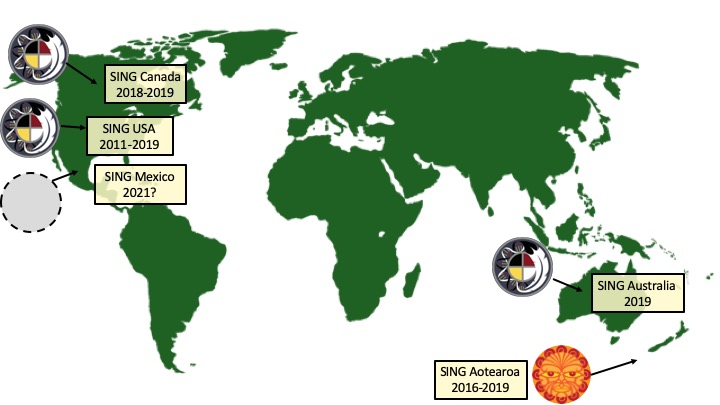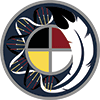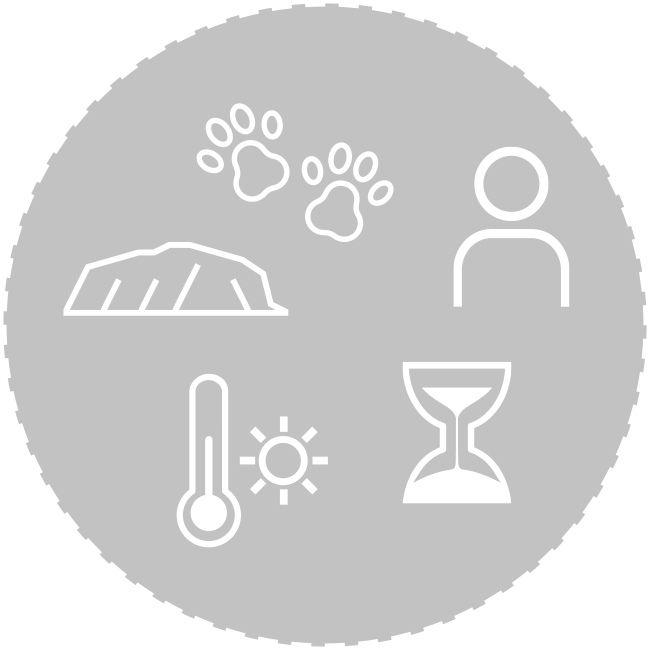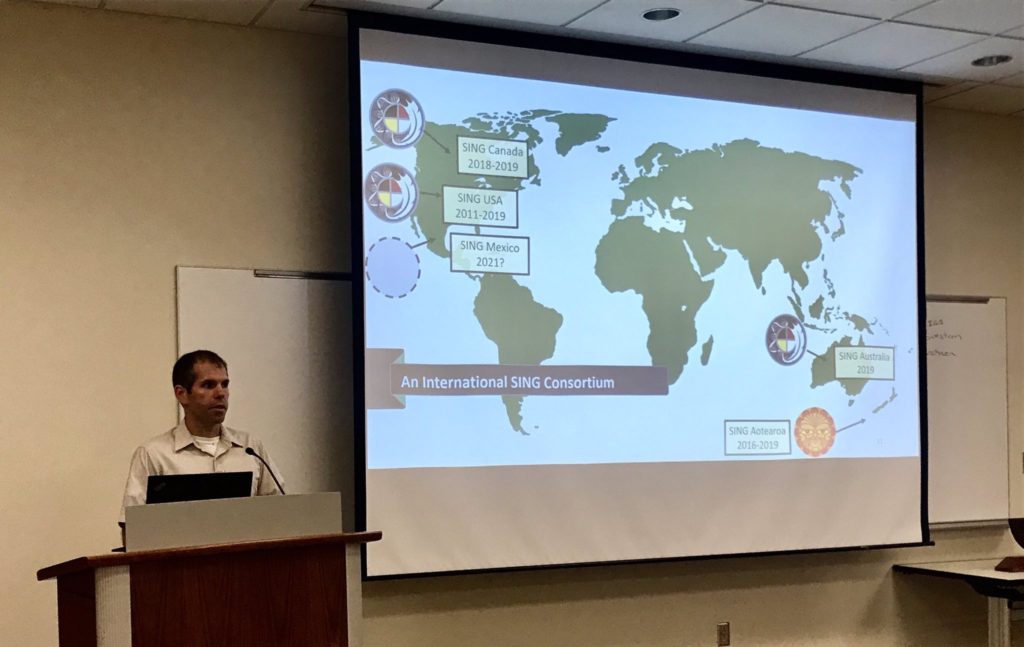
Our Goal
Genomics may be a tool of interest to Indigenous peoples and their communities. However, Indigenous peoples are underrepresented in occupations and careers related to genomics and the sciences, in general. According to estimates from the Census Bureau, Indigenous peoples hold at least 5x fewer occupations involving science and engineering relative to the total population in the United States. Furthermore, there is a lack of Indigenous people in advisory roles to the scientific community. This prevents proper relay of cultural values and concerns that developed as a result of difficult histories of Indigenous peoples’ encounters with scientists. Furthermore, this lack of leadership also leaves few individuals who can explain the uses and limitations of scientific research to Indigenous communities that might consider participating in research. To address this problem, we are working with leaders to change the narrative of Indigenous genomics. We are proud to continue the Summer INdigenous peoples in Genomics (SING) Workshop.
International SING Sites
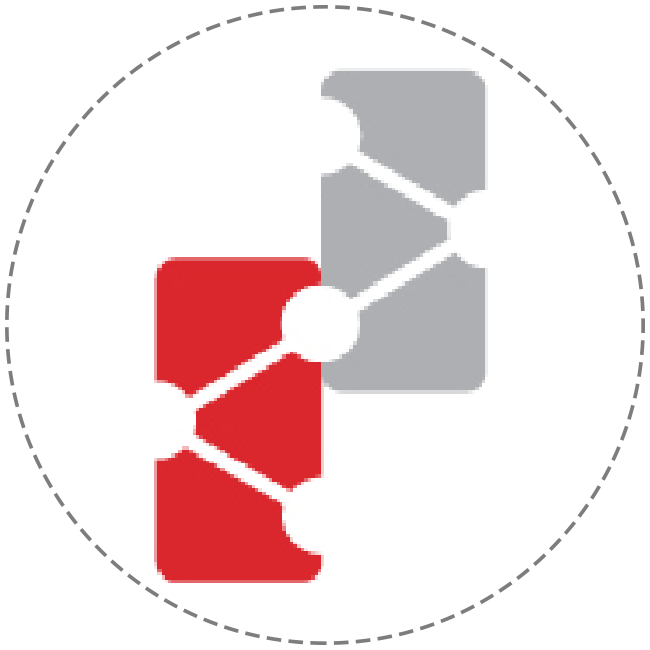
SING Canada
Established in 2018 and run by the Indigenous Science, Technology, and Society (Indigenous STS) at the University of Alberta
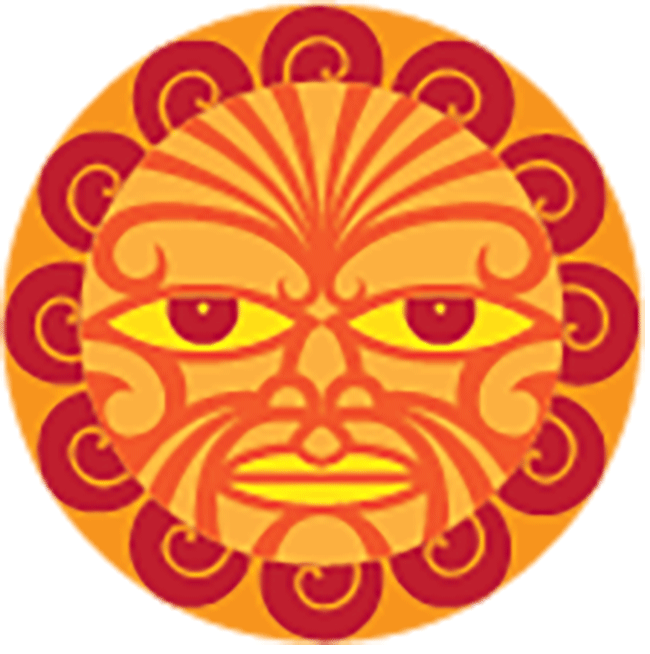
SING Aotearoa
Since 2016, SING Aotearoa focuses on Māori populations and Indigenous species of New Zealand.
